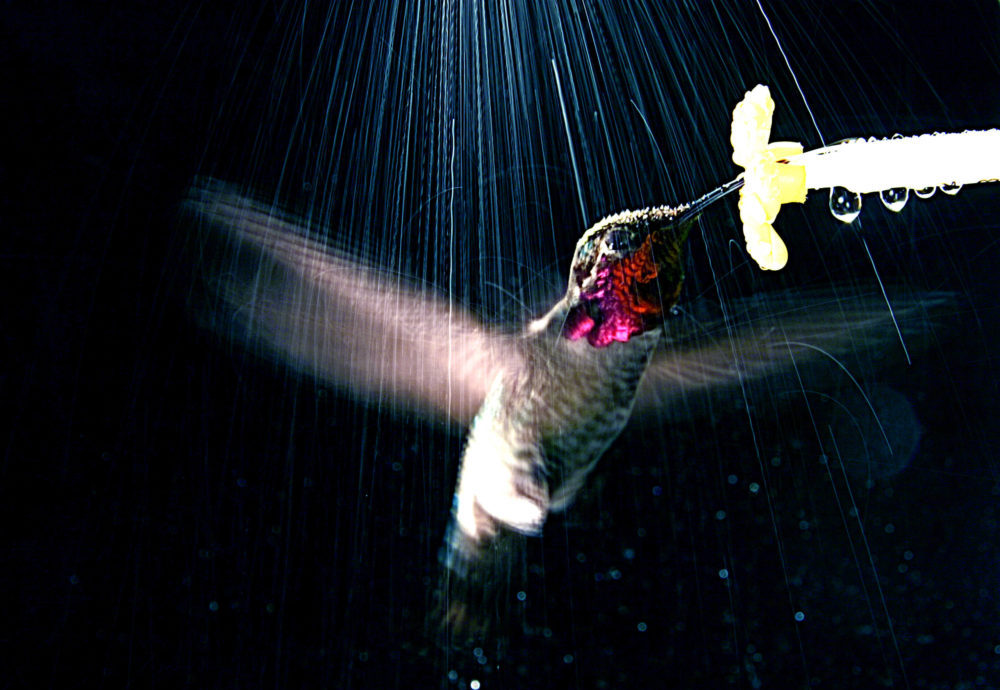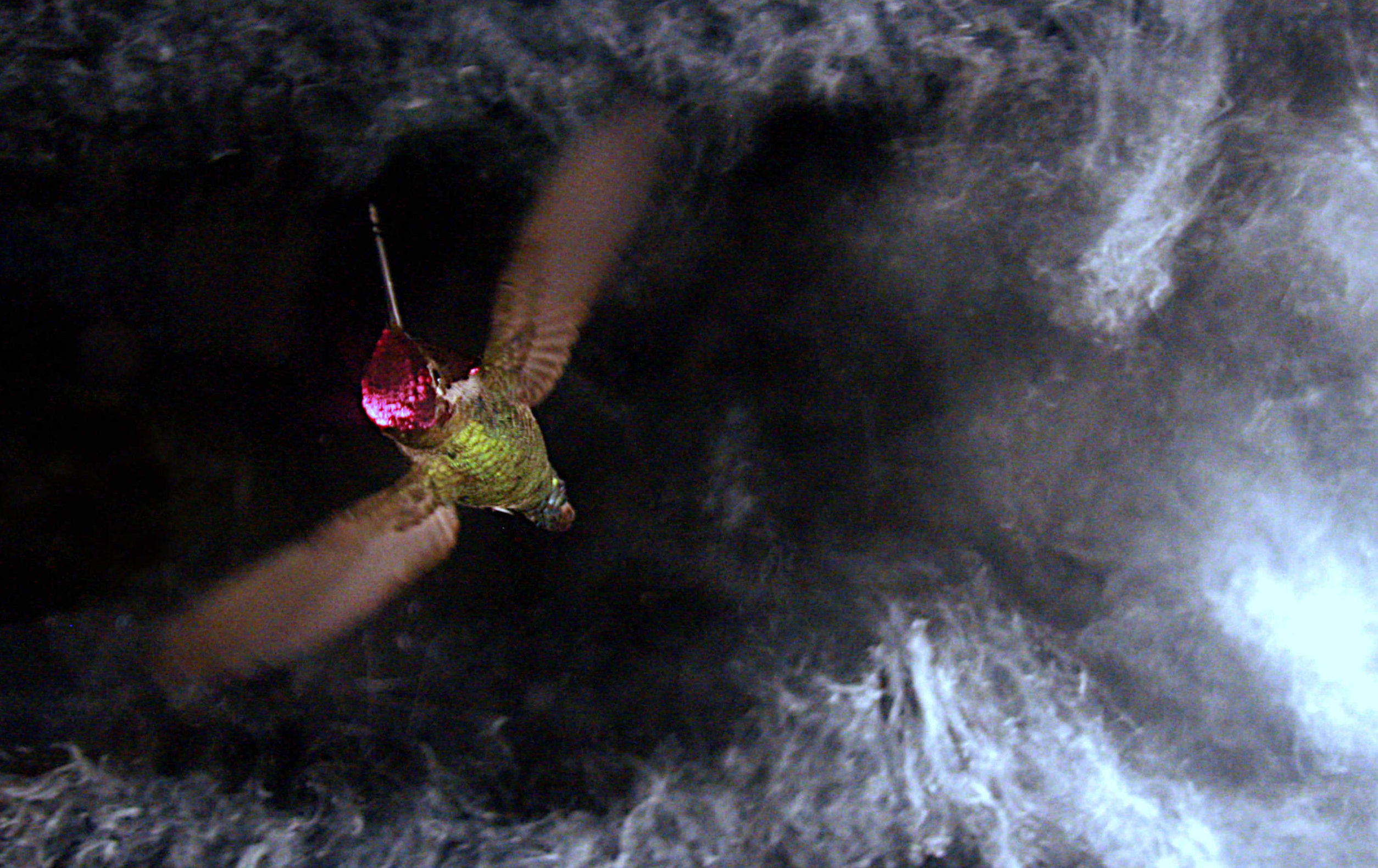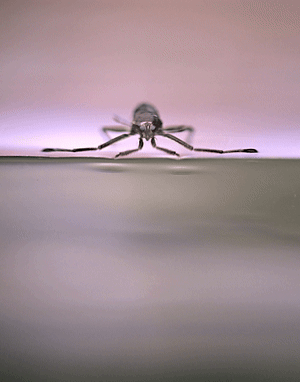
Scientific American, Science, and The NYT featured our research on how nematodes use static electricity to reach their charged host…read more

The Ornithopterus Lab focuses on organismal dynamics, from flamingos and hummingbirds to insects and nematodes. Through observation-based research and creative thinking, we explore how organisms move through challenging environments —like rain, turbulence, or dust devils—and the trade-offs driven by capillary and electrostatic forces.

Precipitation has the capacity to disrupt animal behavior, and during extreme events even jeopardize survival. We are particularly interested in how these complex flows affect animals' locomotion.
Learn More »
At small scales, electrostatic and capillary forces reign over other forces, such as gravity. We investigate the effects produced by these forces on tiny organisms, as well as on ecological interactions.
Learn More »
In nature fluids run wild. Vortex shedding, ripples, and turbulence are fundamental features of natural flows. We study the locomotor control, manuevering, and energetics of animals as they navigate these challenging conditions.
Learn More »
Scientific American, Science, and The NYT featured our research on how nematodes use static electricity to reach their charged host…read more
We’d like to thank Annie Roth and Chris Schodt for a recent video highlighting the Ornithopterus Lab and our recent research in Science Magazine…read more

We are excited to share our new research on fanned water striders, that is published in Science and featured on the cover.…read more

We thank Brady Nichols for highligthing our SICB 2025 talk on leg-mediated aerial control in water striders …read more